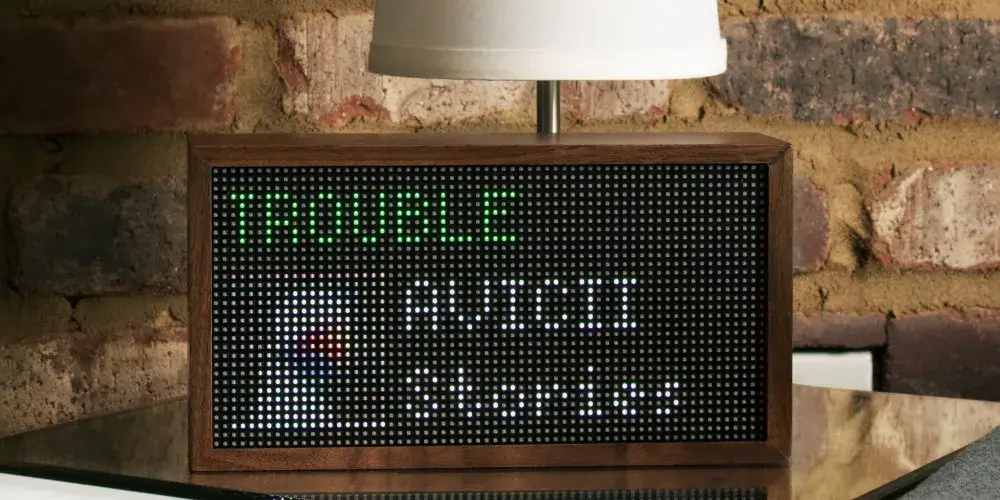In recent years, the digital transformation of the healthcare sector has increasingly focused on evolving into a smart, modern healthcare system. Citizens and patients have benefited from the growing integration of technology in medical practices. How has technology gradually transformed healthcare, and what might the future of healthcare technology hold? Discover fascinating insights into these developments in the article below.
What Is Healthcare Technology?
A wide range of IT tools and software are included in healthcare technology, with the goal of improving hospital and administrative productivity as well as offering fresh perspectives on medications and treatments. It covers everything from information technology operations and medical devices to cutting-edge technologies including wearable technology, wearable artificial intelligence, and cloud-based solutions.
With skyrocketing expenses and burdensome regulatory procedures, the $2 trillion healthcare industry is facing a critical moment. To solve these issues, technology is being incorporated into all facets of the healthcare system. Two major issues are being addressed by this integration: raising operational effectiveness and raising care quality.
Digital Transformation Trends In Healthcare
The previous year has seen a big turning point for the trends in digital transformation in healthcare. Let’s quickly review some of the major digital transformation trends in healthcare technology for 2024 and how they fit into your company.
Artificial Intelligence
Artificial intelligence (AI) is basically a revolution in medical innovation, not only a fad in the digital transformation of healthcare. Millions of dollars are being enthusiastically invested in AI by healthcare organizations, as the market for AI-enabled healthcare products is predicted to grow to over $34 billion by 2025.
AI also powers chatbots and virtual medical assistants that patients are becoming increasingly familiar with. These chatbots can serve numerous roles, from customer service representatives to diagnostic tools and even therapists. Additionally, AI is applied in precision medical diagnostics, medical imaging, and streamlining drug research processes, making significant strides in improving both the efficiency and quality of healthcare services.
IoT-Powered Wearable Devices
Advances in technology have led to a shift in patient expectations towards consumer-driven medical care. This involves prioritizing regular, preventive treatment and access to real-time health information. To address this need, the healthcare industry is increasing its investments in wearable technology, which allows for ongoing patient monitoring, particularly for high-risk patients. This proactive strategy helps identify possible health problems early on.
Blockchain
Blockchain technology has the potential to be extremely important for keeping safe and accurate electronic health records. A patient’s whole medical history, past medical problems, and medication history may be thoroughly documented thanks to blockchain technology, which is sometimes referred to as a digital ledger or database. By using this technology, doctors can gradually understand a patient’s medical history and physical attributes better, allowing them to make treatment decisions more swiftly and effectively without consulting other parties.
How Can Technology Change The Future Of Healthcare?
Technology has the potential to dramatically transform the future of healthcare by enhancing safety, increasing accessibility to information, coordinating care more effectively, improving performance analytics, and reducing operational costs. Here’s how technology is shaping these aspects:
- Enhancing Patient Safety: Medical information systems not only store and display patient information but also synthesize it. For example, security programs within these systems can alert healthcare providers to potential drug side effects before a prescription is issued. This comprehensive storage of patient data, including lab results and medical imaging, helps avoid costly errors that can occur when complete information isn’t available during decision-making.
- Coordinating Care Effectively: Information technology enables multiple healthcare professionals to engage in patient care by documenting, updating, and sharing information efficiently.
- Enhanced Performance Analytics: Healthcare IT can monitor the performance of staff and the stability and effectiveness of the organization. It allows proactive treatment decisions based on past performance data and enables patients to submit anonymous feedback about their care, providing administrators with valuable insights into staff competence and fit.
- Improving Patient Information Accessibility: Medical personnel working with a particular patient may easily and quickly access patient records thanks to healthcare IT systems, which helps them make better treatment decisions.
- Telemedicine and online patient monitoring: Internet of Things-enabled wearables make it possible to continuously monitor patients’ health metrics in real-time, which is essential for treating chronic illnesses and providing care for the elderly. Early intervention is made possible and fewer hospital visits are required as a result. The COVID-19 pandemic has expedited the use of telemedicine, which is predicted to become a standard in the provision of healthcare. It has demonstrated efficacy in preserving care while promoting social distancing.
- Reducing Operational Costs: IT systems enable healthcare organizations to strategically allocate resources, saving significant amounts of money, energy, time, and supplies. Using comprehensive data on patient needs and staff skills, along with real-time updates such as staff fatigue levels, helps in effectively arranging healthcare personnel and managing supplies.
Privacy And Security Risk
Technology has made significant advancements in the healthcare sector possible, but there are also serious risks to the security and privacy of private patient information. Since the medical field collects and stores a lot of data on many different platforms—from hospitals and clinics to private practices—hackers can target the sector.
Historically, the healthcare industry has witnessed severe security breaches, such as the NotPetya attack on Merck and Heritage Valley Health Systems in June 2017 and the WannaCry virus targeting Bayer MedRad MRI devices. These incidents highlight the vulnerabilities associated with interconnected devices. Complete security measures are essential since any internet-connected device could be a point of entry or distribution for harmful groups.
Conclusion
We are at the forefront of a digital revolution in healthcare, witnessing transformative advancements in technology that redefine our approach to medical care. As we navigate through 2024, the challenges of infrastructure adaptation, staff burnout, and financial instability become evident. To thrive in the future of healthcare technology, partnering with specialists like KMS Healthcare is a great option. Their expert teams can help you develop, test, and launch software solutions that effectively integrate these innovations. Trust KMS Healthcare to guide your digital transformation in healthcare.





